Project Summary
This project documents the development of my own personal and lightweight IoT and automation implementation. Certain details are certain to be left out to protect the security of my household.
I needed a way to monitor the status of my driveway gate and my garage door. There are many reasons for this:
- On occasion, we would leave them open at night or during the day while we are away and we needed a way to monitor whether they were opened or closed.
- The RF range of the garage door opener, because of the way it is situated, required that we be within 20 feet of the door for it to open reliably.
- The garage door opener in our house is very slow, so because of the range issue we found ourselves always waiting for the door to open.
- The RF range of the driveway gate is also very short. The gate is also very slow. Maddingly so...
- By way of an unfortunate oversight (doh!), our new car did not come with a built-in garage door opener. So, now we've got two remotes hanging on the visor. That doesn't meet SAF (spousal acceptance factor)
- I can do better!!!
I investigated some open source/freeware home automation solutions. They all had several things in common that conflicted with my need to get out of the dog house on the car situation:
- They are somewhat mature and support many different legacy interfaces.
- They are heavyweight software. By that I mean that I couldn't get any of them to run reliably (or at all) on my minimalist Debian computer (PogoPlug).
- They are very feature rich, but also very complex. It would take me days to fully understand and at the end of the day I would still need to build and program my own hardware. Too much...
Enough! I was drowning in obscure Linux packages, a billion jar files, and thousands of pages of documentation. Not to mention my poor PogoPlug server has been brought to its knees multiple times with all the experimenting. I need something much more lightweight than this:
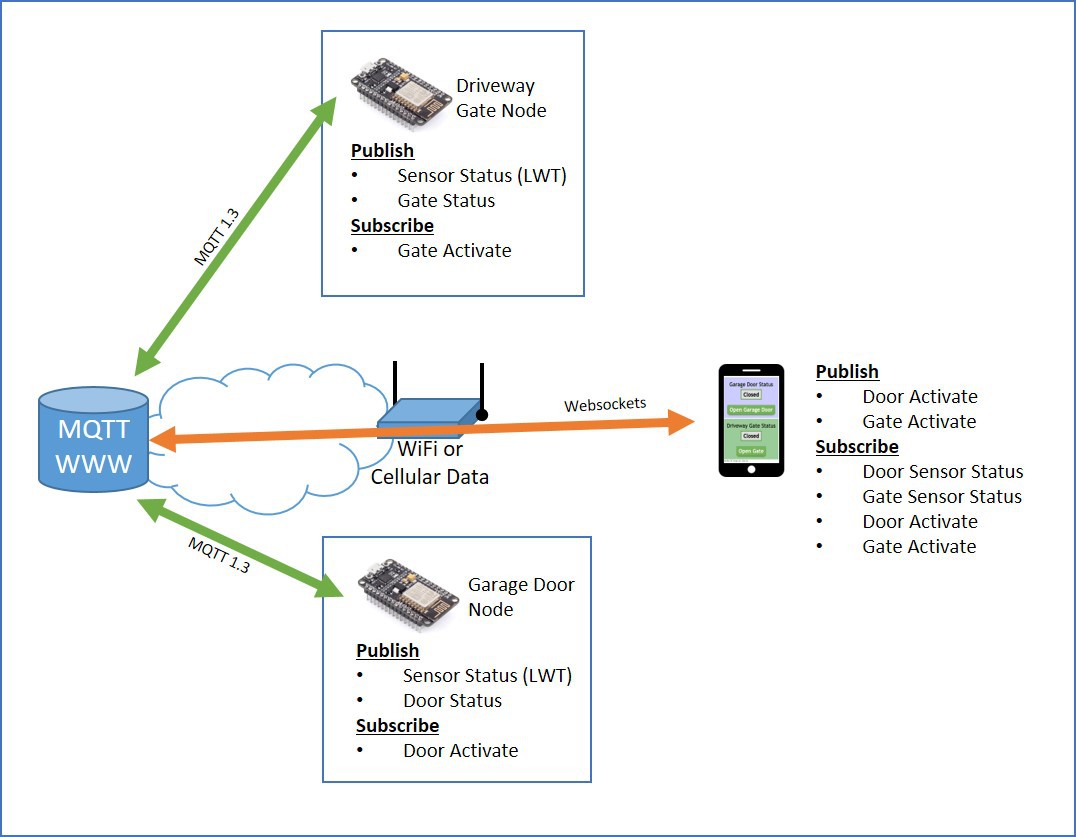
- A central server process that can run on my PogoPlug or Pi Zero (if I can find one)
- Why PogoPlug? Well, it's not about the PogoPlug, it's about a small, low power, zero noise, and cheap Linux server platform. Pi Zero is my next stop on the minimalist train.
- I could have done this on my BBB or my RPi but I wanted to save them for other projects.
- This is a headless affair, so the PP is perfect. It has everything I need and nothing I don't.
- My office already heats up enough in the summer. The last thing I need is yet another computer pumping heat into my office space. Yep, home office. Happy camper.
- Someone get me a Pi Zero already...seriously...
- A common and mature protocol between nodes and servers.
- MQTT popped up on my radar as a possible candidate and boy has it impressed.
- MQTT is abstract enough that I can create my own schema.
- MQTT is simple enough to run easily on the aforementioned hardware.
- MQTT libraries are available for a large number of platforms, including "maker friendly" hardware.
- MQTT is fun to say. MQTT MQTT MQTT!
- A common and mature transport mechanism.
- I didn't want to rely on an automation gateway of any kind. Using 315/433/900 MHz RF or BLE would necessitate some sort of RF to IP gateway. That just seems like a snake pit of frustration to me.
- I could run Ethernet to all my nodes, but I already did that with my security cameras and that was a major PITA. Not a chance.
- I already have WiFi, so ESP8266 looked to be a good option.
- Yep, I was right. ESP8266 really did fit the bill.
- Support for nodes in "maker friendly" hardware.
- I knew I was going to have to create my own interface hardware.
- I knew I was going to have to develop my own firmware.
- I'm not a total genius programmer. Don't get me wrong...I can do some sweet stuff, but I'm not the type to whip up a custom cross compiling toolchain. That's just not me.
- The NodeMCU 1.0 hardware turned out to hit the sweet spot.
- It's in a 0.1" pitch format where I can build a node baseboard with all my interface circuitry and then just plug it in.
- It's super cheap. I can't make anything like that at that...
 krich
krich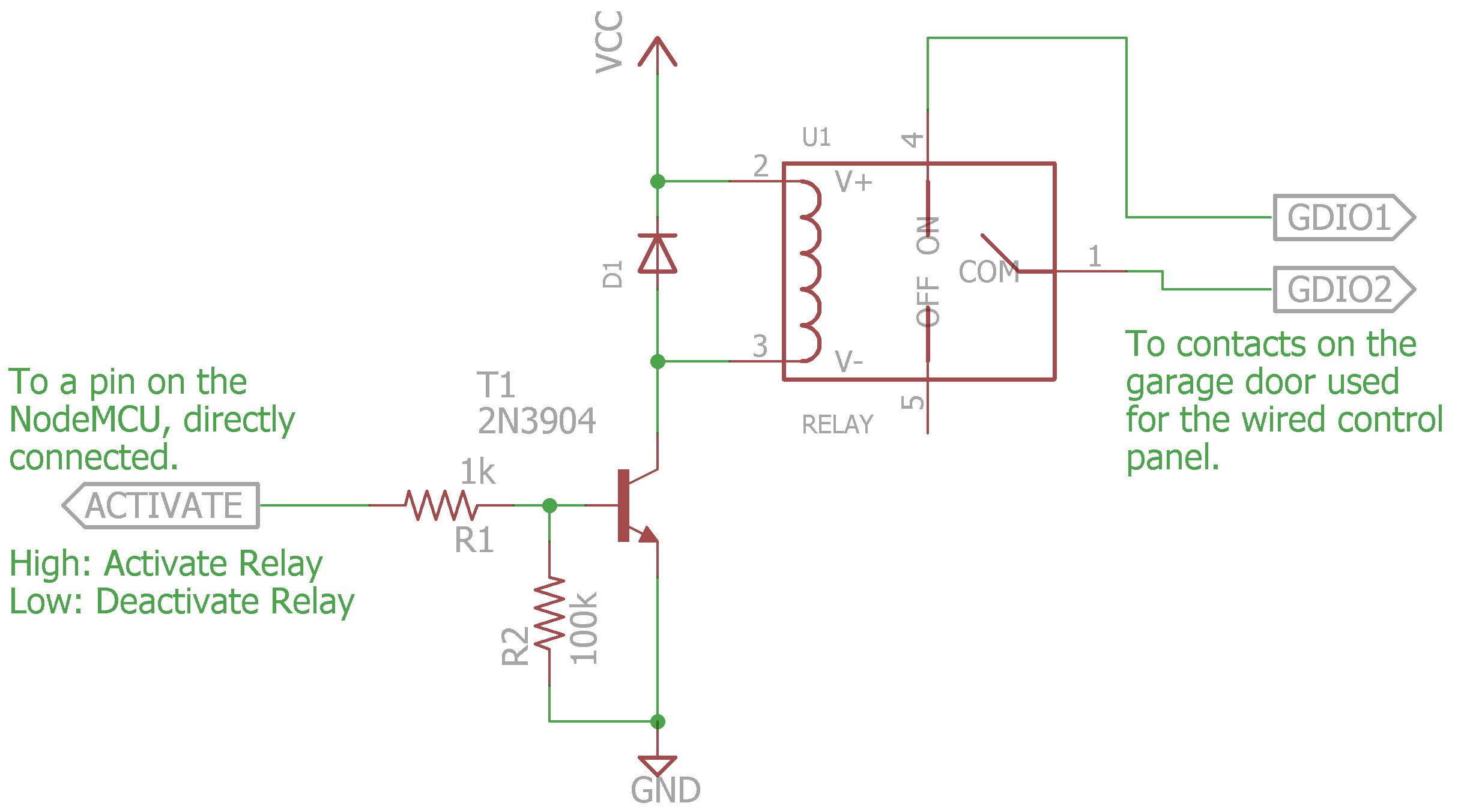
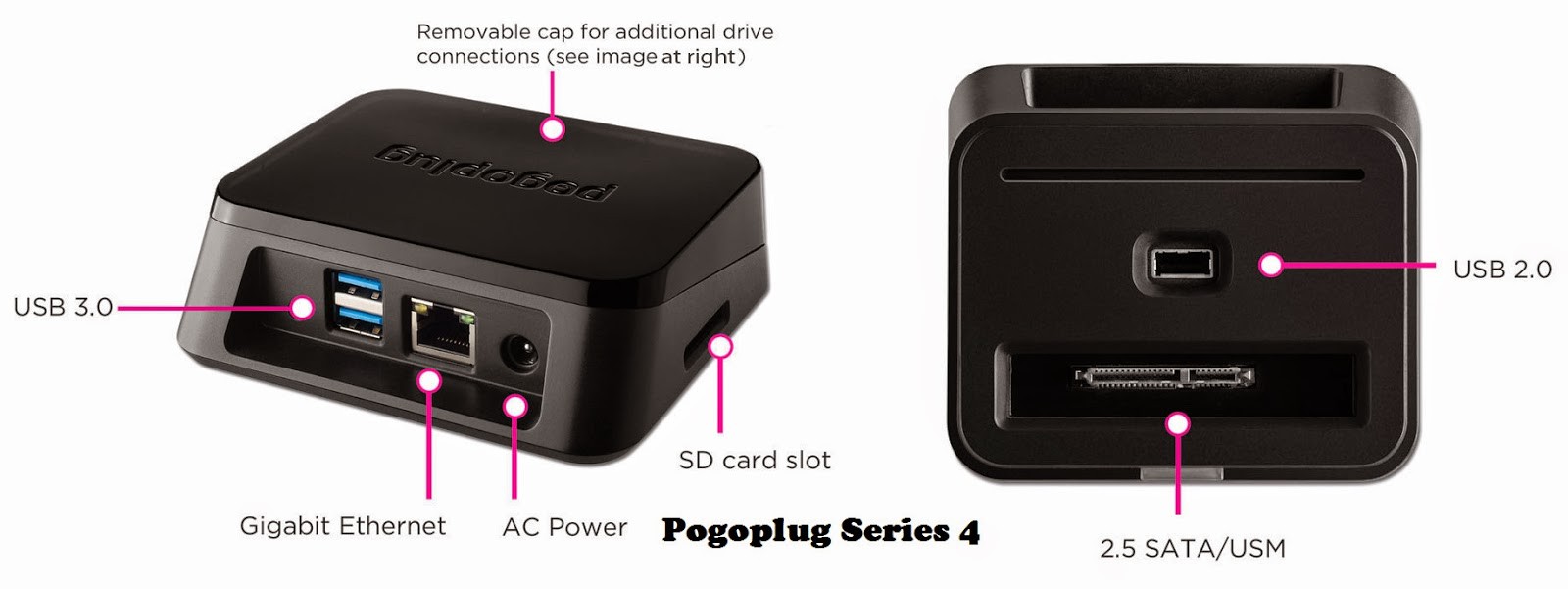
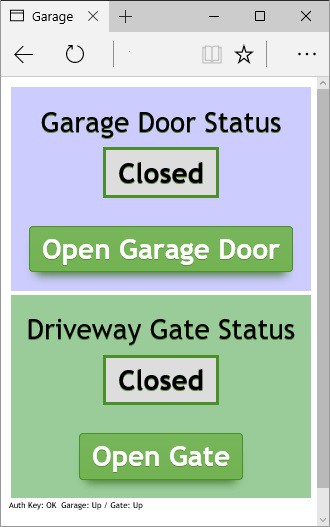


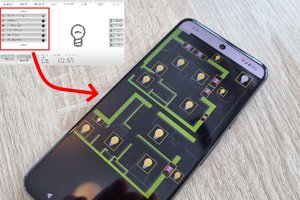
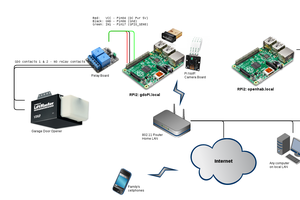
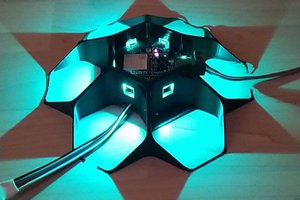
 Xasin
Xasin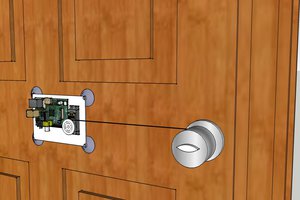
 Matthew Carlson
Matthew Carlson
This project is a great example of how simple, effective solutions can be developed to solve everyday problems with minimal resources. The KISS approach really shines here, and the use of ESP8266 and MQTT seems perfect for the task. It’s inspiring to see how you’ve managed to bypass complex, resource-heavy alternatives with your own lightweight framework. For those studying and working on their own IoT projects, a good environment can make all the difference—check out these great study cafes in London: https://servicevista.co.uk/london-study-cafes-for-students/